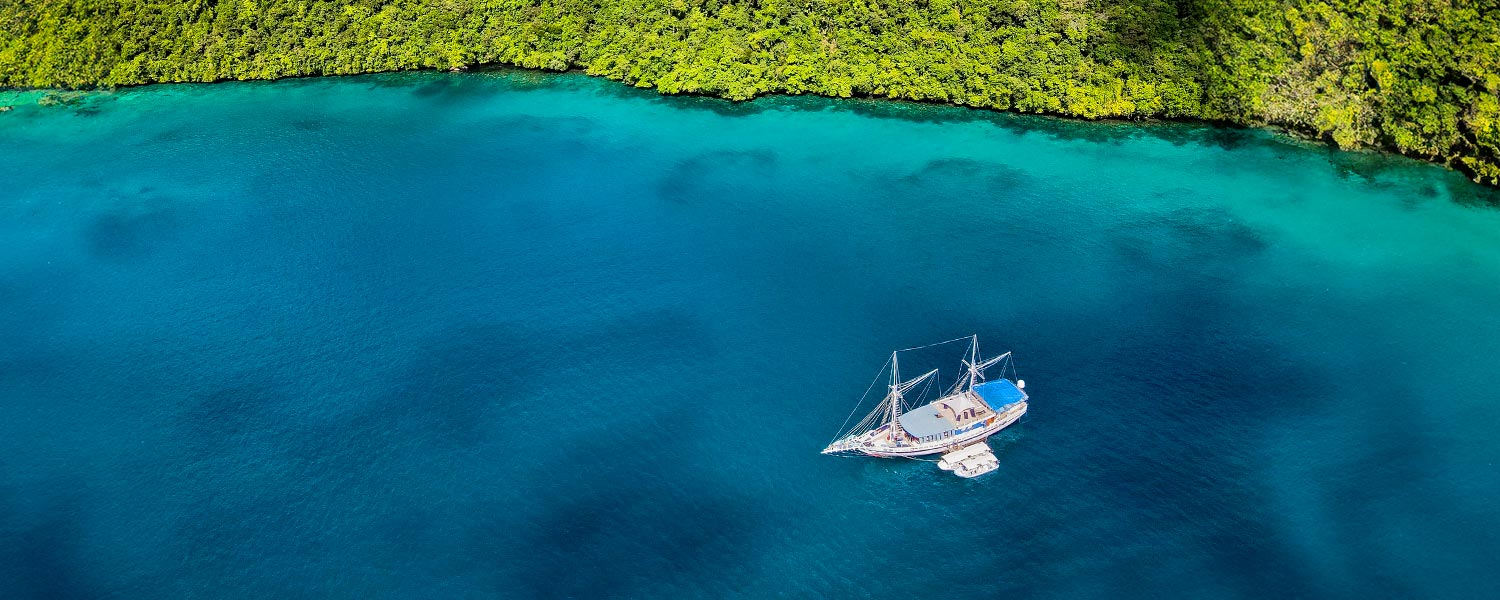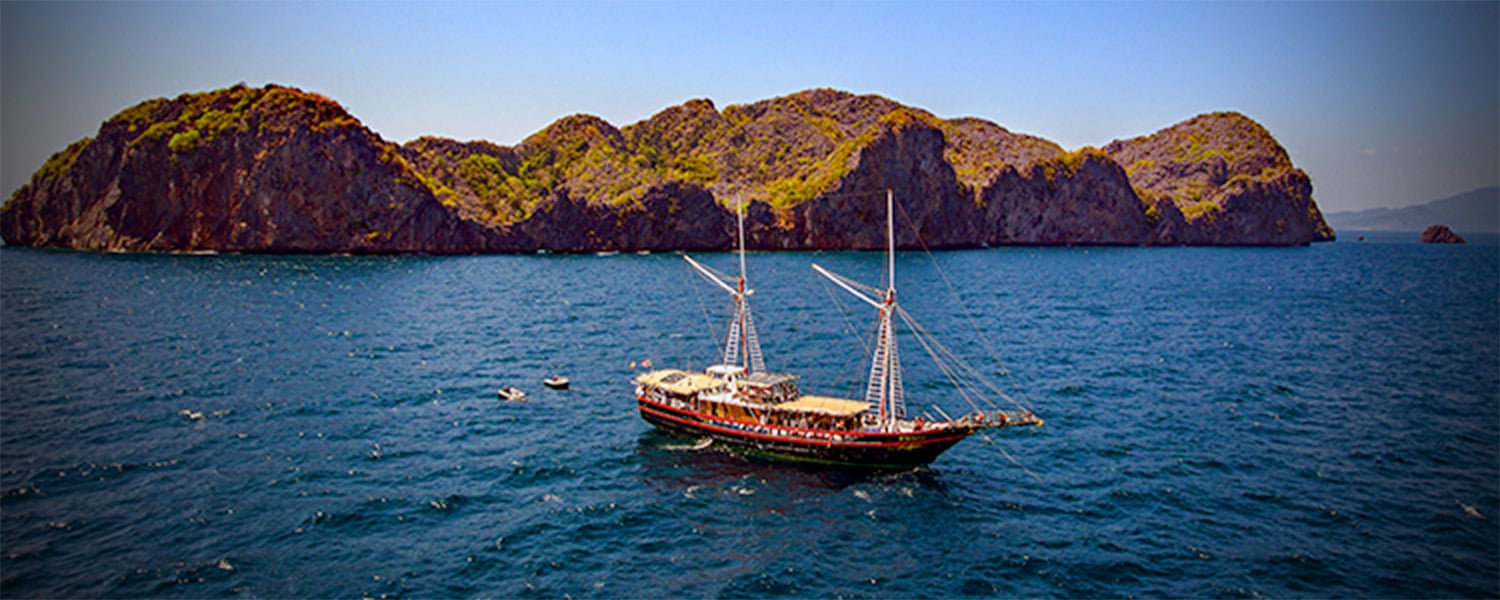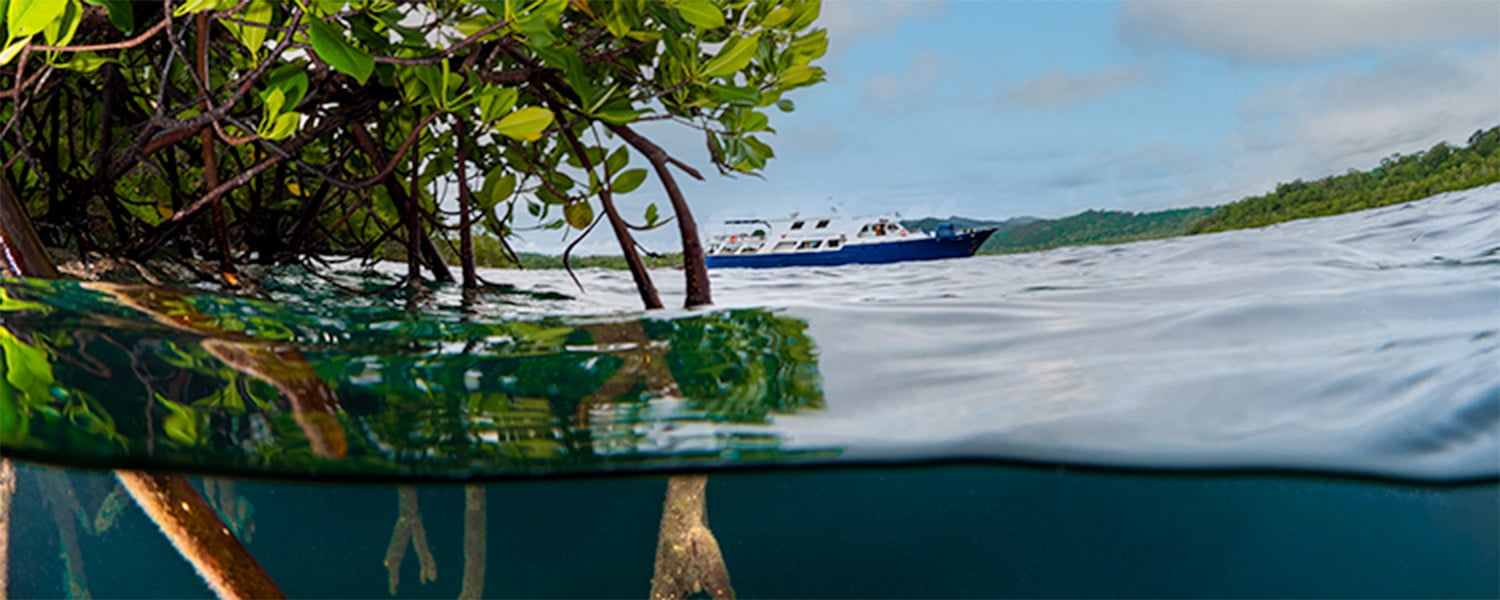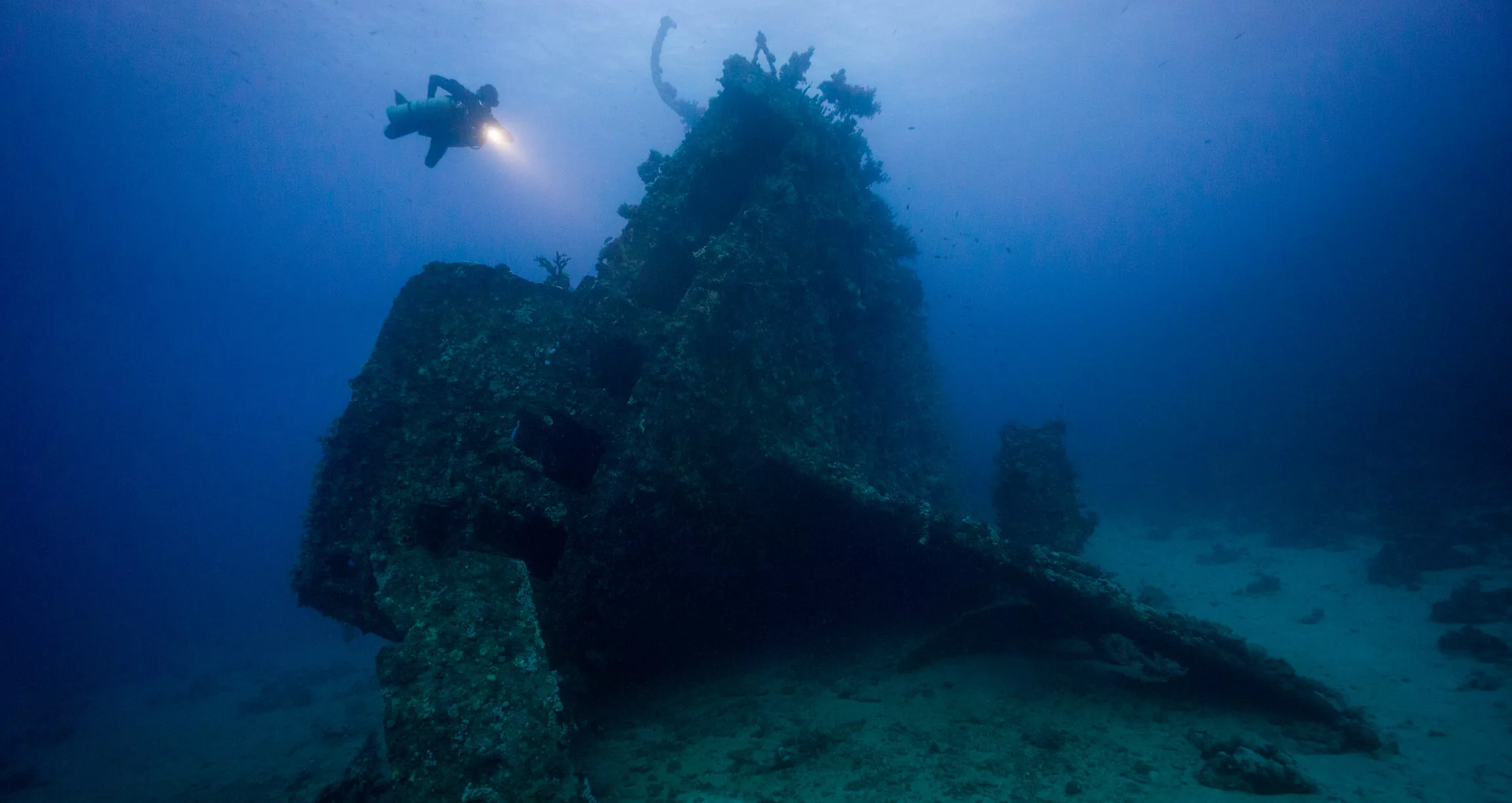The giant ocean sunfish is a frequent visitor to the Galapagos Islands’ waters and is quite a common underwater sight while diving onboard Galapagos Master. However, the Molidae family – to which the giant ocean sunfish belongs – is one of the lesser known and most bizarre fish families in the world. The family only has 5 recognised species.
There is no way you will miss it when you see it and we can guarantee that you will know what they are. They stand out!
To start with, it is the heaviest bony fish in the world (with the biggest one reaching 2 tons!) and at an average of 2m, there is no need to reach for your glasses, you will see it! But their look is what really makes them special: a flat disc with two long fins making it as tall as long. If it comes right at you, it looks tiny and slim, but wait until they turn….
50 shades of grey
The giant ocean sunfish come in all shades of greys and an amazing fact is that they will change colour if they are stressed or attacked. They display different types of markings ranging from white polka dots to darker large blotches. These patterns are specific to an individual and are used to identify them.
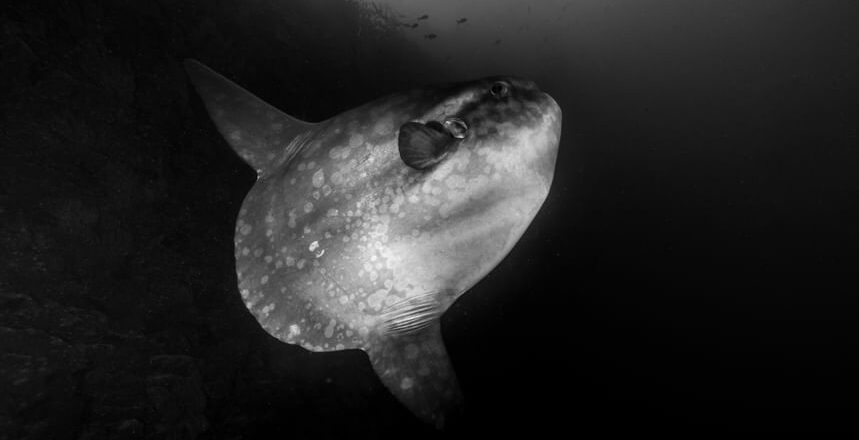
Giant ocean sunfish look really ancient
You have to admit that the giant ocean sunfish looks like it would be a species that has not changed for a very, very, very long time. While members of the Molidae family may appear primitive, they are in fact relative latecomers to the fish world.
Fishes first emerged more than 500 million years ago, shortly after the Cambrian Explosion, and the radiation leading to most modern fishes occurred about 100 million years ago. It took another 50 million years for sunfishes to appear. In fact, molas are thought to be some of the most recently derived fish groups in the sea. Their ancestor – now extinct – is thought to be the Austromola angerhoferi. They actually came from the order Tetraodontiformes, which also includes pufferfish, porcupinefish, and filefish. The sunfish shares many traits common to members of this order – except their size!
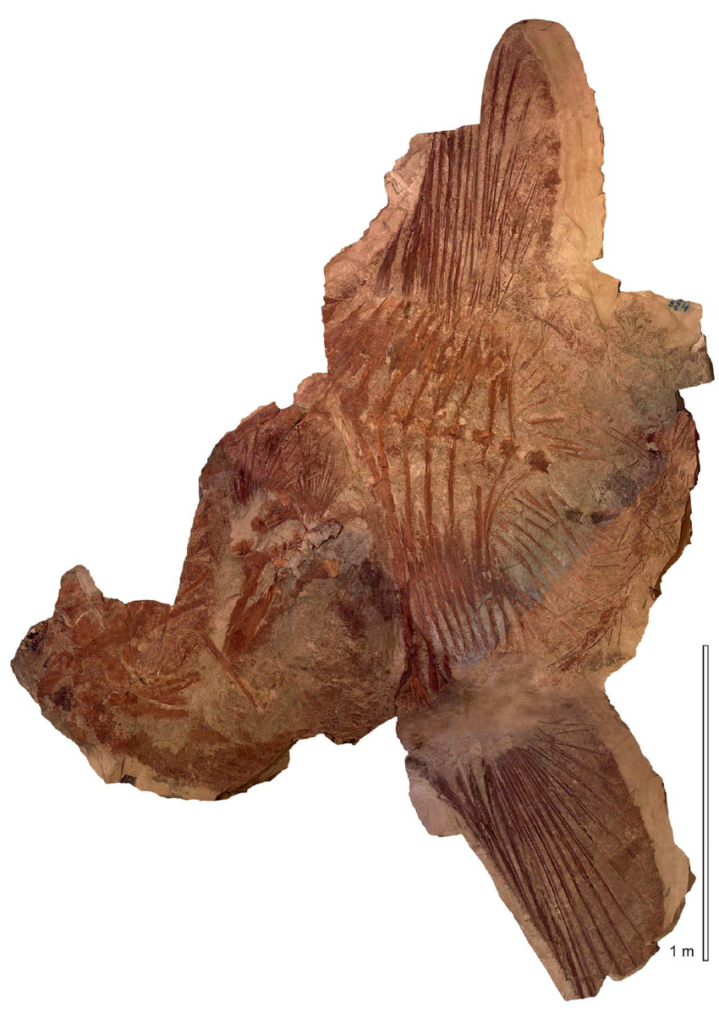
What’s in a name?
There is a lot of confusion on what to actually call molas, and it seems that every language uses a different name for them!
Mola Mola, sunfish, and moonfish seem to be the more common names (as in Italian, German, Arabic, Portuguese, Spanish, French, etc..). But we do have some really stunning nicknames for it out there:
- the cut-short fish in the Philippines
- the drinker fish in Portugal
- the kisser fish in Spain
- the parents’ fish in Hawaii
- The lump-fish in Norway
- The propeller in Greece
- And our favourite: the toppled-car fish in Taiwan
So what is the right answer?
The common name “sunfish” is used to describe the marine family, Molidae, as well as the freshwater family, Centrarchidae.
The common names “ocean sunfish” and “mola” refer only to the family Molidae and can be applied to all three Molidae species.
The word mola comes from Latin and means millstone–in reference to these fishes’ round shape. The common name “ocean sunfish” comes from their habit of lying atop the surface of the ocean appearing to sunbathe (more below on this tanning habit).
If you want to enjoy some more nicknames, head there.
Location, location, location
If you live near the Mediterranean Sea, you will have seen the common mola or “mola mola” cruising close the shore. Other than the Med, there are very limited places in the world where you can catch a glimpse of the giant ocean sunfish (or mola alexandrini) while diving. This makes it an even more interesting fish!
Galapagos is the ideal location as the individual sunfish remain (for the most part) around the archipelago year-round. But they live in many oceans, and in both Northern & Southern hemispheres, although they prefer warmer waters. They hate the cold and die in water under 10 degrees. Recently, sunfishes were spotted along the coast of England which is likely a sign of global warming.
In order to keep warm, they have developed a sunbathing technique called “surface basking behavior”. The sunfish swims on its side right at the surface, presenting its largest profile to the sun. This may be a method of “thermally recharging” following dives into deeper, colder water in order to feed. And boom: you now know why sunfish is such an appropriate name! Contrary to popular belief, they will spend most of their time underwater and not tanning at the surface.
Lastly, they are a solitary species. You will occasionally see them in pairs and if you do then consider yourself to be the luckiest diver on the planet.
Where do you come from?
“All I know is that I know nothing”
Socrates
We know very little about their conception (science is still working on this!), but we do know they possess in the region of a hundred millions eggs. So they are definitely assumed to be a spawning fish.
After hatching, the larva develops long spines. It is suspected that it makes them look threatening and deters larger predators from gulping them. They are extremely yummy at this stage to pelagic fishes and seabirds so the spines help with that.


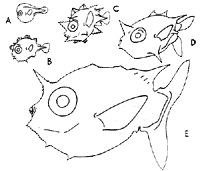
So then, our little larva becomes a little fish and that little fish becomes a giant fish. We do not really know (again science at work here) how fast this process goes. No data really exists on the subject, especially for specimens in the wild.
One Mola mola individual in captivity at the Monterey Bay Aquarium gained 364 kg (800 lbs) in 14 months. Fattened up on a diet of squid, fish, and prawns, this fish had to be airlifted out by helicopter to be released into the bay: it just outgrew its million-gallon tank!
How big are giant ocean sunfish?
The average size of an adult Mola mola is 1.8 m (6ft) from snout tip to the end of tits pseudo-tail and 2.4 m (7 ft 10 in) between the tips of the dorsal and anal fins. The average weight is up to 1 metric ton (2200 lbs). We told you: a gentle giant!
The heaviest mola on record came from Japan. Mola alexandrini, was 2.7 meters (8.9 feet) long and weighed 2.3 metric tons (5,071 pounds). Before this, the largest Mola ever recorded weighed 2235 kg (4,927 lbs) and measured 3.1 m (10 ft) from snout tip to “tail” fin, 4.26 m (14 ft) from dorsal fin to anal fin tip. That animal was struck by a boat off Sydney, New South Wales, Australia in September, 1908. It is likely there have been larger molas but scales were not readily available to take formal measurements (read above the airlift trauma).

How old are you?
Now you are not going to be surprised if you are told that little is known on how long they live, right? It is a mystery for wild specimens and, again, the only reliable data is collected from a captive animal. Even after 10 years of collecting data, we can only make assumptions. Scientists put the lifespan of giant ocean sunfishes at approximately 20 years old.
Accurately estimating and measuring the age of wild mola remains a work in progress . It is not a small feat as you can picture!
Snack-time
Toddlers and teenagers sunfishes will have a mixed diet of benthic (bottom) and pelagic (open ocean) prey. If you have a teenager at home, you will know what we are speaking about.
As they grow older, they change their diet. Like us humans when the tyre starts appearing! They will consume mostly gelatinous things. Think larvae, squid, salp, and sea jellies.
It may seem puzzling to you at first to go from high-energy to low-energy food. But this is because they become a lot more efficient as they grow older: compare it to our slowing metabolism but in reverse!
Threats to the giant ocean sunfish
“If you don’t have enemies, you don’t have character”
Paul Newman
Enemies, we all have them and the giant ocean sunfish is no exception. They come in all shapes and forms; from the microscopic to the large and terrifying.
The small
The common sunfish, Mola mola, is infamous for its impressive parasitic load.
More than 40 species of parasites can reside on their skin and internally, motivating the fish to seek relief in a number of ways. In temperate regions, drifting kelp fields harbor cleaner wrasses and other fishes. These remove parasites from the skin of visiting sunfish. In the tropics, M. mola solicits cleaning help from reef fishes. By basking on its side at the surface, the sunfish also allows seabirds to feed on parasites from its skin. Sunfishes have been reported to breach and clear the surface by 3 m (10 ft), in an apparent effort to dislodge parasites.
Some 40 different genera of parasites have been recorded on this species alone.

The large
There’s safety in great size for the ocean sunfishes, but on the road to largess, they are open to many dangers. Their main predators are orcas, sharks, and sea lions – it is tough out there!
Unfortunately, the largest predator for the sunfishes is us, the human race. Bycatch through fishing certainly takes a toll: 70 to 90% of the bycatch of swordfish fishing in the Med is sunfish. They are also often injured by vessels. Lastly, they also have the unfortunate reputation of being a culinary delicacy in Taiwan and Japan, as well as part of some traditional medicines: a sad story we have heard many times over with other species.
Sunfish also suffer because we do not know much about them (see above). Without knowledge and data, it is hard to protect them.
The work to protect one species benefits us all
A mola matching program started first in Bali, Indonesia, and they have recently joined with another project in the Galapagos.
The project and associated technology will, if successful, enable a robust method for estimating population size and variations in the numbers of fish at various locations throughout their range. It will certainly provide a better understanding of the movements of this species to assist long-term conservation efforts.
Currently, the IUCN Red List of Threatened Species is being updated for the Molidae family. These data are critical for this re-evaluation.
Divers and snorkelers alike can help the Ocean Sunfish project by submitting their Galapagos Ocean sunfish photos online. Head to this link and upload your photo. Scientists will be able to match the individual and estimate migration patterns and population size.
So help science and head over to the Galapagos.
